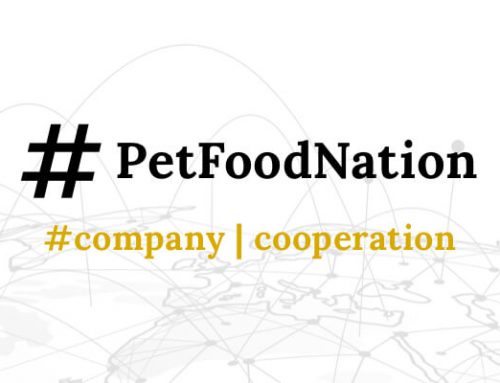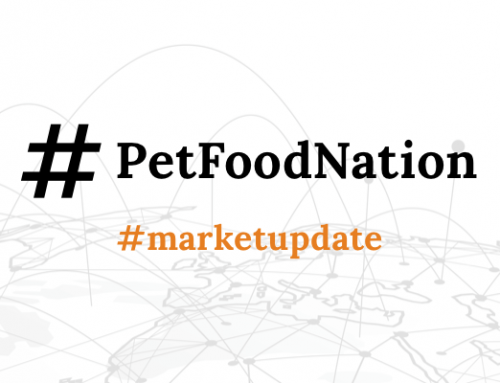Singapore, known for its diverse populace and affluent economy but limited agricultural space, heavily relies on imports for its food, including pet products, sourced from various nations, as highlighted in a report by the United States Department of Agriculture’s Foreign Agricultural Service. Since the establishment of a free trade agreement in 2004, Singapore has emerged as a significant market for U.S. agricultural goods, particularly dog, cat, and other pet foods.
The year 2022 witnessed a milestone for the United States, with a record-breaking export of US$15.9 million worth of dog and cat food products to Singapore, marking a 17% increase from the previous year. U.S. pet food brands have captured a notable 23% market share in Singapore, ranking second only to Thailand. Overall, Singapore’s import of dog and cat food products totaled US$69.2 million in 2022, showing substantial growth from US$43.7 million in 2018. Projections indicate a 7% rise in cat food retail sales value and approximately 6% growth in dog food sales for 2023. While Singapore hosts over 20 dog food companies, none claim more than an 8% share of sales, contrasting with the less competitive landscape of the cat food market.
In Asia, a pivotal shift occurred in 2021, with cats outnumbering dogs, driven by the pandemic, urbanization, and the trend of smaller living spaces, as outlined by Matthias Koch, founder and managing director of Anibene and the opening speaker for Petfood Forum Asia 2023 in Bangkok. This transition has led to an upsurge in cat ownership and subsequently, cat food sales, including a surge in premium options, albeit tempered by inflation. Consequently, there remains a niche for economy and mid-priced cat and dog foods in markets with smaller pet food sectors.




